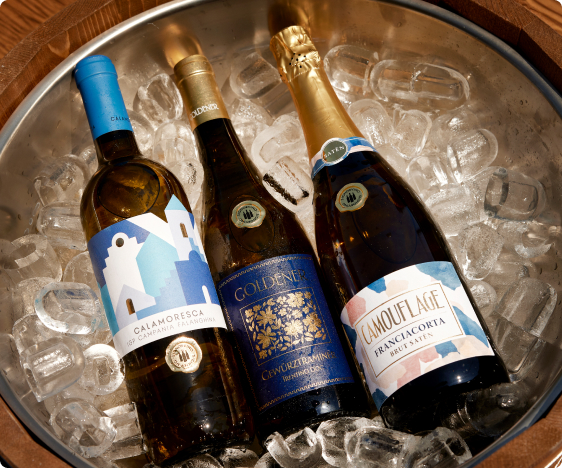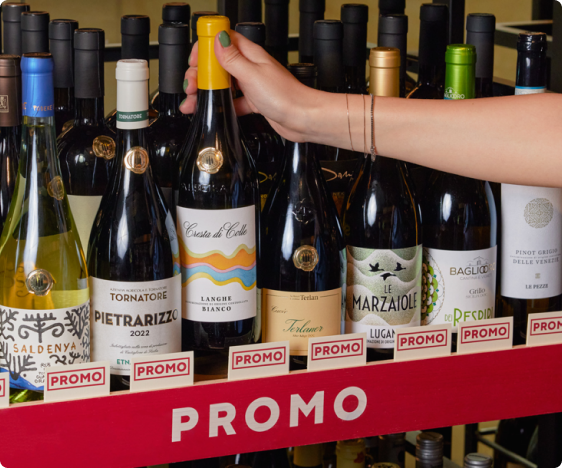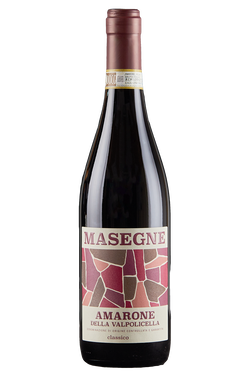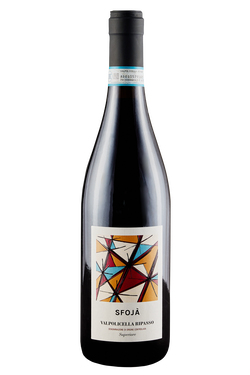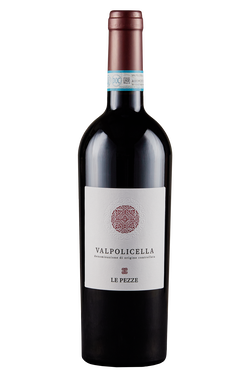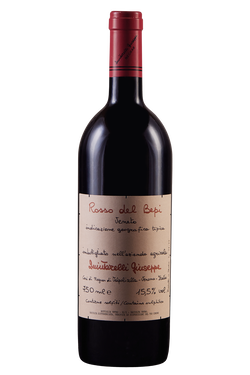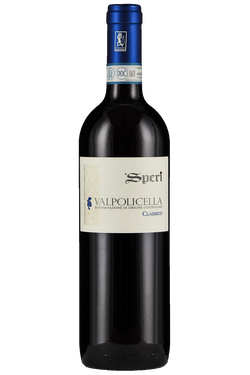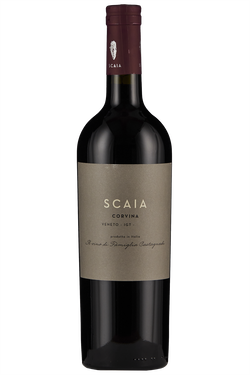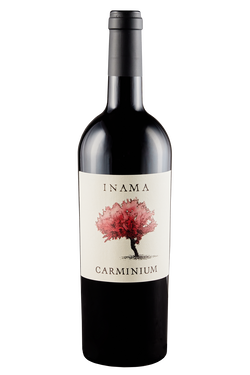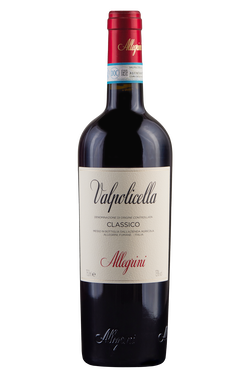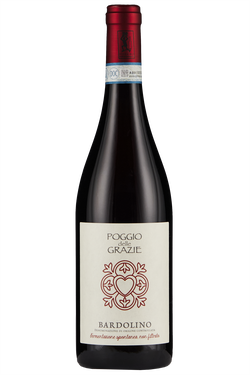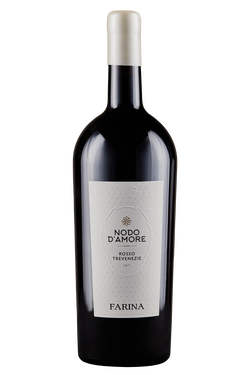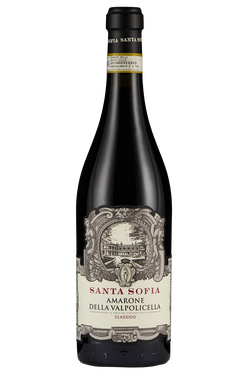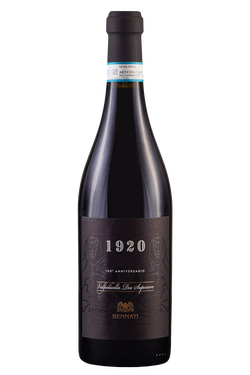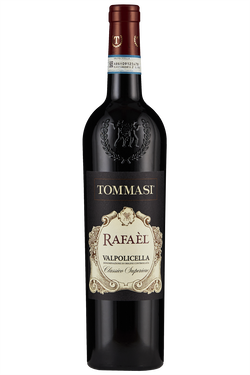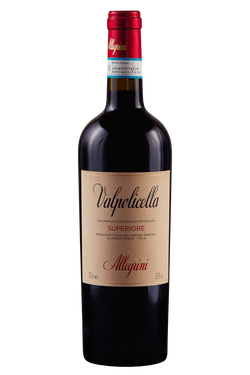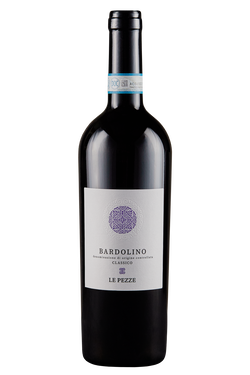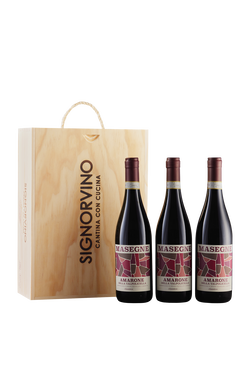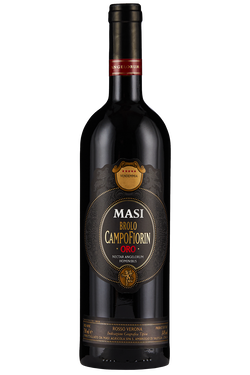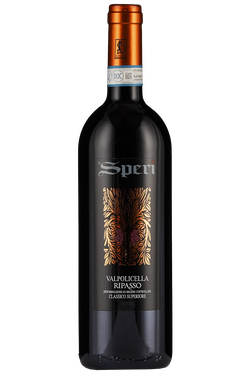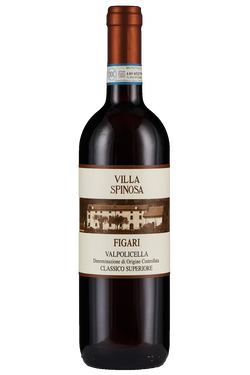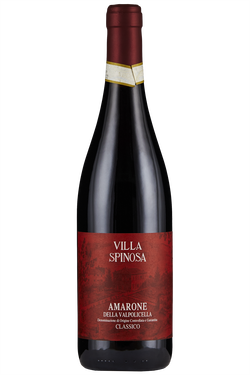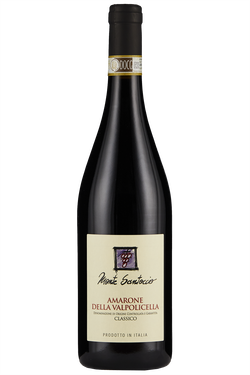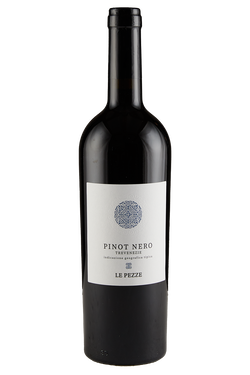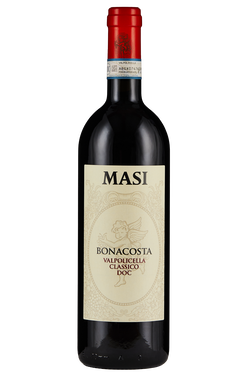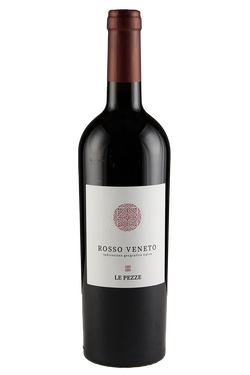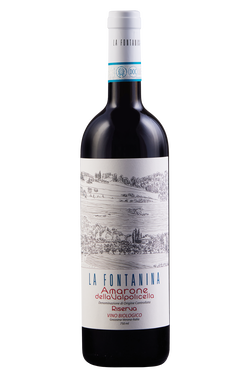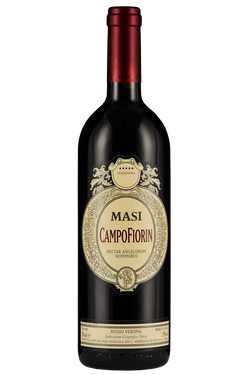The best red wines of Veneto
In Veneto, important designations of both white wines and red wines are produced, but there are some that have become iconic across the world for their fame and quality. Among the most widely known, we should mention: Amarone, Valpolicella and Recioto. Amarone della Valpolicella DOCG (Denominazione di Origine Controllata e Garantita) is a dry red wine from partially dried grapes: Apparently, it is harder to say than drink! Jokes aside, Amarone is an extraordinary red, which is produced by partially drying healthy and perfectly ripe grapes on racks, selected right at the time of harvesting. The drying lofts must be ventilated to prevent the growth of mould, which can attack and ruin the harvest. On average, partial drying of the grapes takes around 120 days, but based on the growing year and on their own style, it is up to the individual winemaker to decide whether to extend or shorten the length of time. Once the correct drying has been achieved, the next step is normal vinification into red wines, with maceration on the skins. Amarone DOCG needs to be aged for at least three years before being released for sale, and four years for the Riserva version. This extraordinary wine is apparently the “Recioto that got away”. It came about due to an error made by the Cantina Sociale Valpolicella when processing sweet Recioto wine. This wine does in fact have a much older tradition than Amarone and is produced with the same grape varieties: Corvina, Rondinella and Corvinone.
Major designations
Recioto della Valpolicella DOCG is a red raisin wine, which is produced according to the same procedure as any other wine, except for the final stage, where the fermentation of the sugars, which are converted into alcohol, is interrupted so as to obtain an unmistakeable sweet wine. Valpolicella is without doubt the most complex designation to describe because there are different expressions which testify to the great potential of this region. These include: Valpolicella, Valpolicella Classico, Valpolicella Superiore and Ripasso. Valpolicella Classico is produced in the municipalities of Sant’Ambrogio di Valpolicella and San Pietro in Cariano, as well as the three valleys of Fumane, Marano and Negrar, in a historic area thought to be the oldest area of wine production. Valpolicella DOC is produced in the municipalities of Verona and the valleys of Illasi, Tramigna and Mezzane. The title Valpolicella Superiore, on the other hand, refers to a greater alcohol content, compared to that provided for by the protocol for normal Valpolicella. Ripasso is a Valpolicella enriched with the scents and aromas of the pomace of Amarone, with which it is placed in contact. The production technique involves pouring the Valpolicella base directly into vats in which the grapes for Amarone have been fermented, leaving it to macerate for around 15-20 days, before barrel ageing.
Pairings with Veneto’s red wines
The Veneto region has always been associated with winemaking tradition, and one of the most classic pairings is red wines and meat-based dishes. But these wines can also be paired with many other pasta and rice dishes, as well as cheeses and cured meats, as described below. Amarone is an extremely complex wine, which can be paired with mature cheeses and red meats. It pairs particularly well with a traditional Veneto dish, pastissada de caval, horse meat macerated in wine with herbs and spices. Also, game-based main courses such as pheasant with walnuts and truffle, woodcock on toasted bread and duck mousse are great accompaniments to this wine. Cheeses that go best with it are Taleggio, Rebochon, Quartirolo, Murazzano and Formaggio di Fossa. If you prefer a less demanding wine than Amarone, that is just as pleasant, why not try Ripasso, which maintains a good structure and which should be paired with dishes of good intensity: fegato alla veneziana, if you would like to stay local, or braised venison if you wish to go further afield. Its lightly spiced flavour enhances the taste of grilled steak, braised beef, rabbit cacciatore and pheasant with mushrooms.
More harmonious flavours and aromas
The various types of Valpolicella all go well with an entire meal, and you can therefore enjoy them with a rich cheese polenta, Vicenza-style salt cod or roasted meats. For example, Valpolicella Classico is a perfect accompaniment for cured meats from Veneto such as Soppressa salami, and rice dishes, in particular those with mushroom and truffle. Another pairing to try is with stewed salt cod and pike in sauce. Valpolicella also goes well with dishes with a meat-based sauce, meat ravioli, and grilled and roasted white meats. As it has a stronger structure, Valpolicella Superiore is enjoyed best when accompanied by a pasta or rice dish such as bigoli with duck sauce, or with main courses of meat such as chicken, roasted veal and roasted pork. Grilled meats also help to enhance its flavour and body. This wine can also be consumed with mature cheeses which have a very intense flavour. Finally, Recioto is a wine to savour after dinner, and is usually served with dessert. It is suited to chocolate-based desserts, such as chocolate salami, pear and chocolate tart, or dry pastries, but also with cheesecake, Chantilly cream sweets and all types of biscotti.
